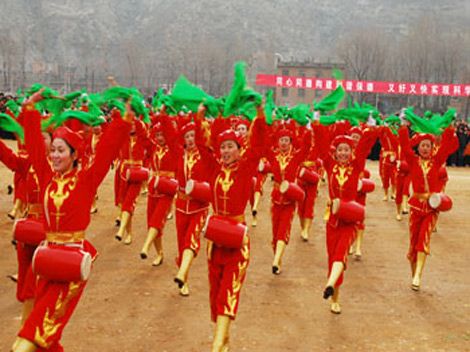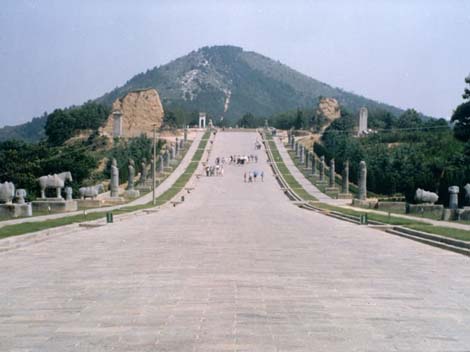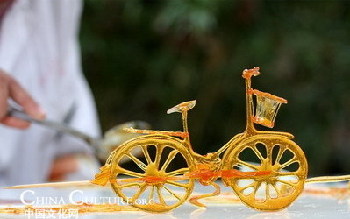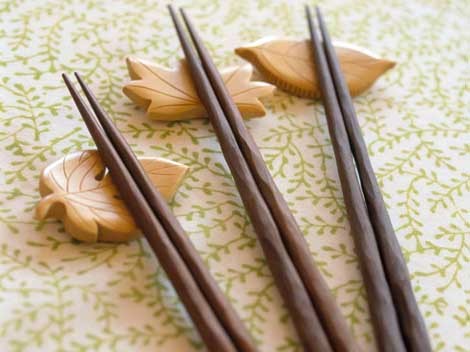| Home > China Feature |
Background of the Battle of Baekgang
In 660 A.D., the Korean Peninsula was divided into three kingdoms, called Baekje, Silla and Goguryeo. These three kingdoms had constantly fought with each other for control of the peninsula for several centuries up to that point. Furthermore, Goguryeo had been engaged in constant wars with the Chinese Sui and Tang dynasties in addition to the aforementioned two Korean kingdoms. While the three Korean kingdoms were not always perpetual enemies, their alliances frequently shifted; a kingdom would become allies with one of the other two, only to later turn against that kingdom and (sometimes) become allies with the other kingdom against whom it had fought earlier. For instance, Silla and Baekje would be allied against Goguryeo (as they were from the late 420's to the early 550's), and later Silla (or Baekje) would betray the other (as happened in 553 AD, when Silla wrested control of the entire Han River basin from Baekje).
Silla had an ongoing alliance with the Tang Dynasty dating roughly to the Tang rise to power in the 620's AD. The Tang made a series of assaults against Goguryeo, but were never able to conquer it. All the Tang invasions had been from the north attacking the south. Tang decided that the best strategy might be to attack Goguryeo from both the northern front and a southern front simultaneously with their ally Silla. However, in order to do this, they (Tang and Silla) had to eliminate Goguryeo's nominal ally Baekje and secure a base of operations in southern Korea for a second front.
Together, Silla and Tang invaded Baekje and effectively eliminated it when they captured the capital of Sabi, as well as Baekje's last king, Uija, and most of the royal family. Soon afterwards, however, the Baekje people revolted and threw off Silla and Tang rule in large areas of northern Baekje. The Baekje general Boksin attempted to take back the 40 lost counties. He also recalled Prince Buyeo Pung from Japan, sent 100 Tang prisoners to the Yamato court and requested military aid. General Boksin proclaimed Prince Buyeo Pung as the new king of Baekje. Although the restoration forces had some initial success against Tang and Silla troops, by 662, they were in serious trouble and their area of control was confined to the fortress of Churyu and its immediate surroundings. As their situation went from bad to worse, Buyeo Pung had Boksin killed for fear of insurrection.
Baekje and Yamato Japan had been long-standing allies and their royal houses had blood relations. The fall of Baekje in 660 came as a terrible shock to the Yamato royal court. Empress Saimei had said:
"We learn that in ancient times there have been cases of troops being asked for and assistance requested: to render help in emergencies, and to restore that which has been interrupted, is a manifestation of ordinary principles of right. The Land of Baekje, in its extremity, has come to us and placed itself in our hands. Our resolution in this matter is unshakable. We will give separate orders to our generals to advance at the same time by a hundred routes."
Crown Prince Naka no Oe, later to become Emperor Tenji, and Empress Saimei decided to dispatch an expeditionary force led by Abe no Hirafu (阿倍比罗夫) to help the Baekje restoration forces. The troops were drawn from local strongmen (kuni no miyatsuko) from mostly western Honshū, Shikoku, and especially from Kyūshū, though some warriors were also from Kanto and northeastern Japan.
Empress Saimei moved the capital to the Asakura temporary palace near the shipyards in northern Kyūshū to personally oversee the military campaign. As the main fleet set sail, Empress Saimei composed a tanka (Japanese poem of thirty-one syllables) that many scholars believe shows a sense of hope as well as anxiety:
"Waiting for the moonrise to set sail at 'Nikitatsu', It fortunately become a high tide to put up to sea"
The Empress died shortly after the last waves of Yamato troops departed for Korea. The Crown Prince (Tenji) carried her remains back to Asuka. The Crown Prince, dressed in white mourning clothes, set up his residence in the Nagatsu temporary palace in Kyūshū, and continued to oversee the expeditionary operation.
Around August 661, 5,000 soldiers, 170 ships, and the general Abe no Hirafu, arrived in Baekje restoration controlled territory. Additional Japanese reinforcements, including 27,000 soldiers led by Kamitsukeno no Kimi Wakako and 10,000 soldiers led by Iohara no Kimi, arrived in 662.
Art
 more
moreYicheng Hua Gu
The Flower Drum 花鼓 of southern Shanxi Province is a kind of folk d...

Sculpture in Qianling Mausoleum
The sculpture of Qianling Mausoleum is the main relic of the ground ...

A Sweet Art:Sugar Painting
In and around China’s southwestern Sichuan Province, it is usual to ...

Custom
 more
moreWeb Dictionary
Martial Arts
Wuxia, a Popular Culture for Most Chinese-Speaki...
Wuxia (武侠) is a broad genre of Chinese fiction that concerns its...
“Chinese Kung Fu Hot”
“Part the Wild Horse’s Maneton Both Sides”, “White Crane Spreads Its...
“Chinese Kung Fu Hot” in Alfred University
“Part the Wild Horse’s Maneton Both Sides”, “White Crane Spreads Its...





 print
print  email
email  Favorite
Favorite  Transtlate
Transtlate 







